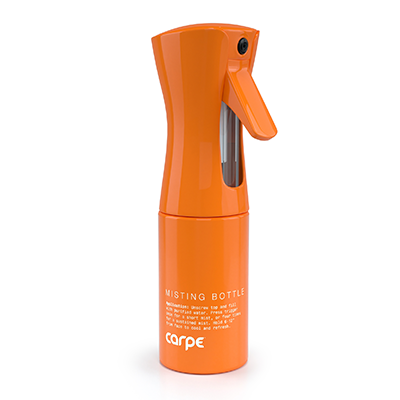While there is no exact standard as to how much foot sweat is too much in a 24 hour period, there are ways to determine whether you are sweating in excess of what is normal or not. It is normal to sweat from your feet during periods of intense activity and when exposed to high heat. However, many people struggle with a condition called hyperhidrosis which causes causes them to sweat excessively. Hyperhidrosis is defined as sweating that is in excess of what the body needs for thermoregulation. Typically, people sweat in order to cool down their body temperature, but when someone sweats so much that it is no longer serving this function it is considered to be excessive.[1]
There are two main types of hyperhidrosis: primary focal hyperhidrosis and secondary generalized hyperhidrosis. Both types can cause someone to have excessively sweaty feet, but primary focal hyperhidrosis is more likely to affect the feet. Primary focal hyperhidrosis causes excessive sweating on specific parts of the body like the hands, feet, armpits, face, and head. According to a retrospective chart review published in the Journal of Dermatologic Clinics, about 25% of people with hyperhidrosis have palmar (hand) and plantar (foot) involvement while only 15.5% of people have hyperhidrosis that only affects their feet. Even though that seems like a relatively small number of people, about 2.8% of the US population has hyperhidrosis so it is relatively high number of people who are affected.[1]
If you aren’t sure whether or not your foot sweating is excessive, there are certain signs that can alert you to whether or not you might have hyperhidrosis. People with hyperhidrosis can sweat up to four times more than the average person and this can have a negative on their quality of life.[2] Here are some ways that excessively sweaty feet may interfere with your life if you have a problem:
If you sweat so much from your feet that you are experiencing some or many of the symptoms listed above, you are probably sweating in excess of what is normal. Another way to determine whether you are sweating too much from your feet is to determine how it is affecting your life. If you think about your sweating frequently and often change your behaviors to deal with it, then you are probably sweating more than the average person. For example, if you refuse to wear flip flops because you know they won’t stay on your feet because of sweating, then you are sweating too much.[2]
If you suspect that you have hyperhidrosis then it is a good idea to speak with a dermatologist, as the are the best type of doctors to treat hyperhidrosis. Doctors have several tools to measure whether you have hyperhidrosis. Most of the time, doctors will administer a type of questionnaire that asseses how much sweating is impacting a person’s life. One of these questionnaires is called the Hyperhidrosis Disease Severity Scale (HDSS). This questionnaire has patients rank their symptoms on a scale from 1 to 4, with higher scores corresponding to more severe symptoms. Doctors also use other types of self-reporting questionnaires to determine whether or not a patient has hyperhidrosis and to determine how severe it is.[1]
There are also other types of tests that doctors can use to determine how much you are sweating, but they are not normally needed to assess whether or not someone has hyperhidrosis. These types of tests include the iodine-starch test, skin conductance, and a thermoregulatory sweat test.[3] An iodine starch test can be used to outline the area where excessive sweating is occuring. In this test an iodine solution is spread over the area in question and a few minutes later starch powder is sprinkled over the area. The starch and iodine interact in the presence of sweat and create a purplish color. This can tell the doctor how much a person is sweating and where the specific problem is. It also allows doctors to determine whether hyperhidrosis treatments, like botox injections, are working or not.[4] Skin conductance tests and thermoregulatory tests are not typically needed for a hyperhidrosis diagnosis, but they can help to determine how much sweat a person is producing.
If you do find that you sweat more from your feet than is normal, there are many treatments for sweaty feet that you can look into. Treatments for hyperhidrosis tend to be quite effective, so talk to a doctor if your sweaty feet are getting you down.
Sources
- Pariser, D. M. (2014). Hyperhidrosis (4th ed., Vol. 32). Philadelphia, PA: Elsevier
- Nguyen, A. (n.d.). How Much Sweating Is Excessive? Retrieved May 31, 2019, from https://www.webmd.com/skin-problems-and-treatments/features/how-much-sweat-is-normal#1
- Hyperhidrosis. (n.d.). Retrieved May 31, 2019, from https://www.mayoclinic.org/diseases-conditions/hyperhidrosis/diagnosis-treatment/drc-20367173
- Haider, A., & Solish, N. (2005). Focal hyperhidrosis: Diagnosis and management. CMAJ, 172(1), 69-75. Retrieved May 31, 2019, from https://www.ncbi.nlm.nih.gov/pmc/articles/PMC543948/






16790753702383.jpg?v=1679075372)

16790746985853.jpg?v=1679074700)


16790757289763.jpg?v=1679075731)








